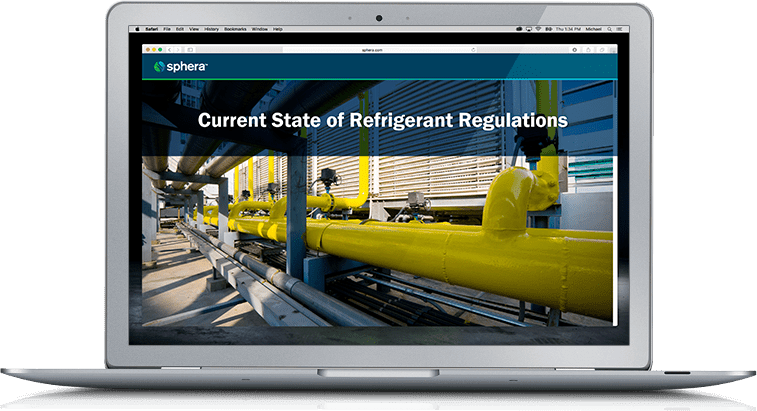
Refrigerants have evolved over the last century: from toxic to non-toxic; from ozone depleting to non-ozone depleting; from high-GWP to low-to-no GWP, and flammable. Environmental regulations in the US – and globally – have evolved to address the ozone depletion, global warming, and flammability aspects of refrigerants.
Are your organization’s environmental and facility managers aware of their responsibilities for helping facility owners in meeting the regulatory requirements for proper refrigerant use, record-keeping, and reporting?
As of 2018 Clean Air Act violation civil penalties (fines) are up to $97,229 per day, per violation. Supplemental Environmental Projects (SEPs) can cost millions in capital expenditures and refrigerant management initiatives.
Since EPA rescinded portions of the 2019 regulations, which refrigerants are regulated? Which appliances must be repaired, inspected, and reported?
How do facility owners and managers keep up in this era of technological and regulatory change?
After a very lengthy regulatory process, the EPA has finally rolled back the regulations that had expanded leak detection requirements to a larger group of GHG refrigerants. Industry needs clarity about what refrigerants are regulated, what the requirements are, and how to best manage their refrigerants.
What you will learn:
- Understand the current state of the refrigerant regulations and how they compare to previous versions
- Learn which refrigerants are regulated
- Determine the current applicable regulatory requirements and your compliance obligations
- Recognize best management practices that, regardless of regulatory requirements, can be implemented to help optimize your refrigerant management program.
Register to view the on-demand webinar.

